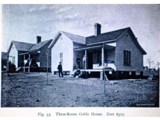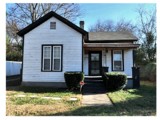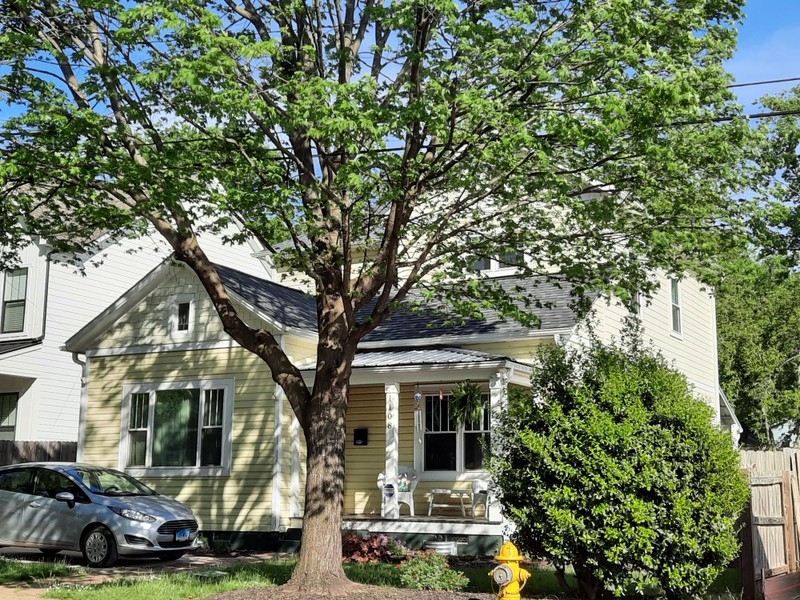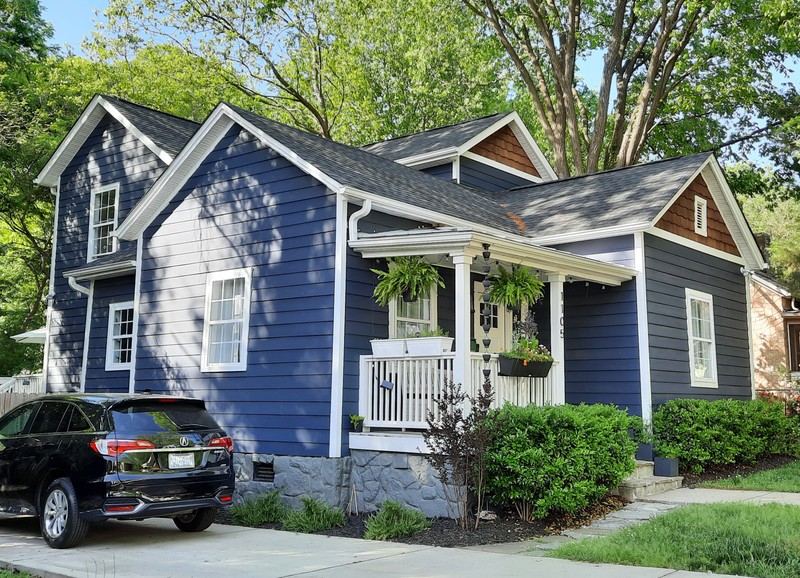The Mill Village
Introduction
Author-Uploaded Audio
Listen to a narration of this entry's description by UNCC Urban Institute User.
Text-to-speech Audio
Images
Early image of mill house

Mill house prior to being razed in 2020

Renovated mill house

Renovated mill house

Backstory and Context
Text-to-speech Audio
The company-owned houses followed the three-room gable house plans that industrialist D. A. Tompkins promoted in his book, “Cotton Mills: Commercial Features.” He suggested creating modest homes to accommodate workers who had been more accustomed to rural life than cities before coming to work at the mills. Homes were one-story frame buildings with a side yard and larger back yard for gardening. The mill village was maintained by the mill owners who were mostly white. The lives of the workers were even policed by mill owners, who had men patrol the neighborhood to maintain the neighborhood’s reputation and appearance.
The mill house which stood at 1104 Louise Avenue until December 2020 was built in 1897 and most likely cost around $325. Through the years, the home’s original design had been maintained, but at the time of recording was an empty lot, likely being prepared for a new home.
On May 20, 1949, the Charlotte Observer reported that the owners of the Louise Mill were selling mill houses at prices ranging from $2,000 to $3,100 each. Over the years, some structures have been modified, updated, and many demolished. To the left of this address on Louise Avenue, is an example of a renovated mill house with additions to increase the size.
Now, let’s head west, or left, on Belmont Avenue. Once you reach the stop sign, turn right to walk across Belmont Avenue, then left to cross Pegram Street and stop at the intersection. Look for the medallion near the entrance of the brick building.
